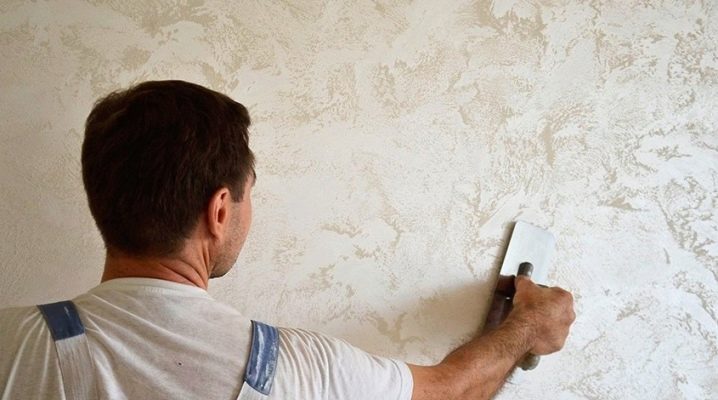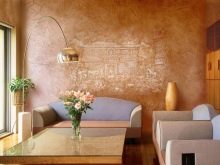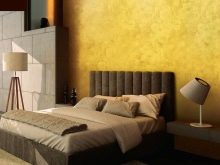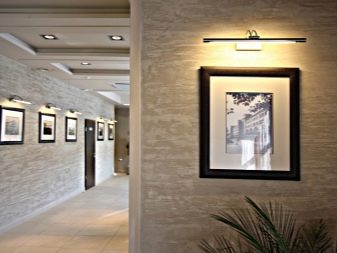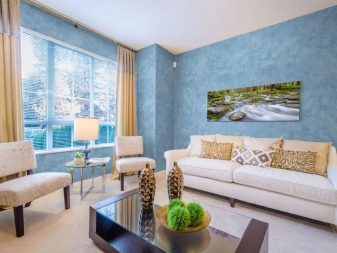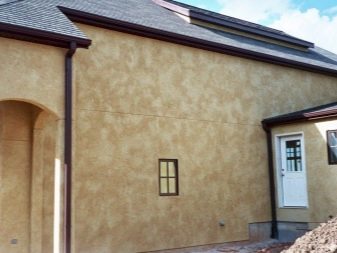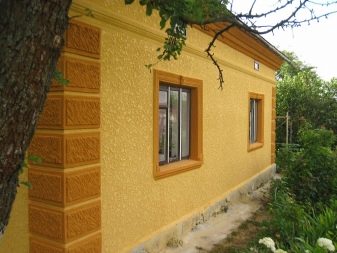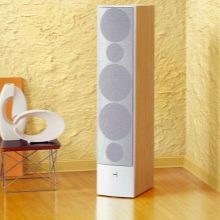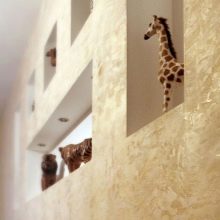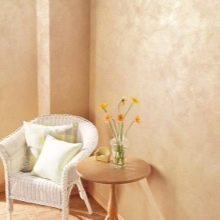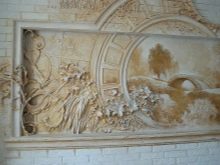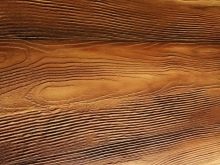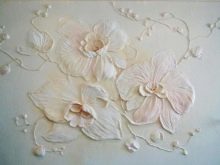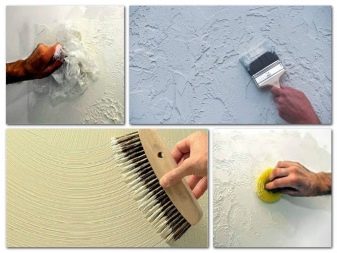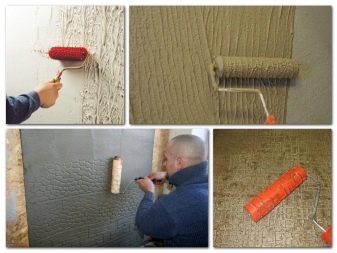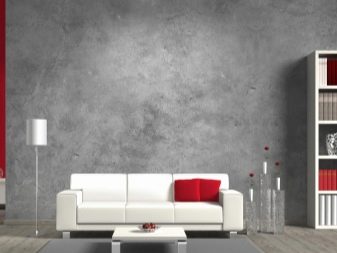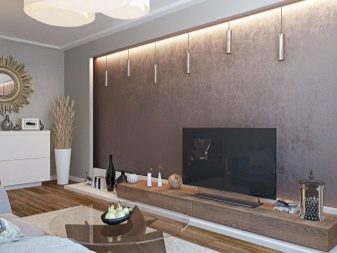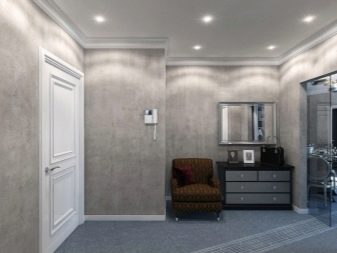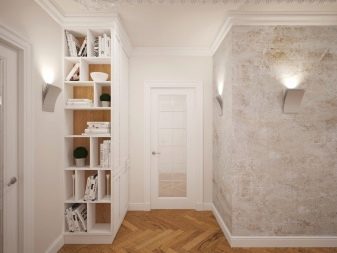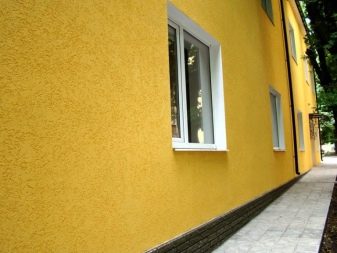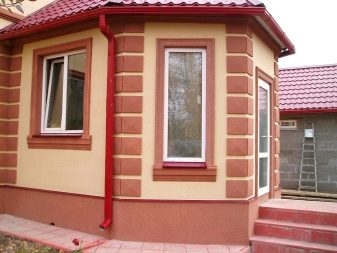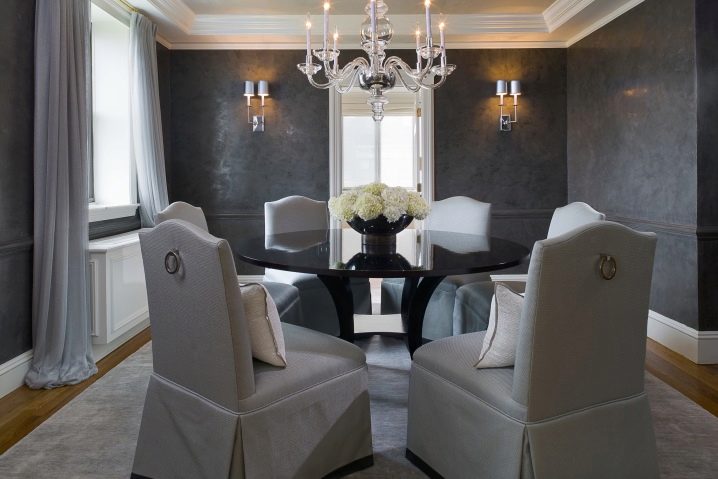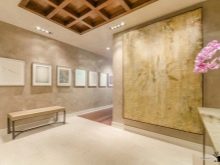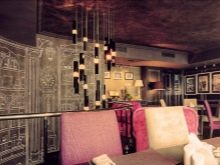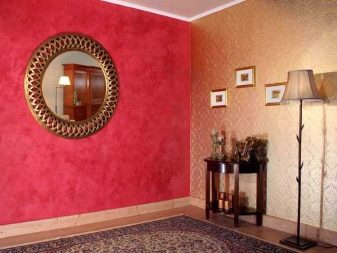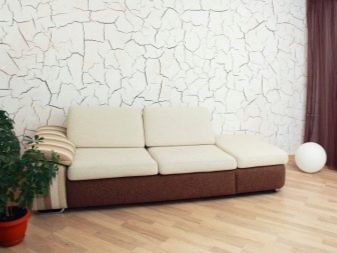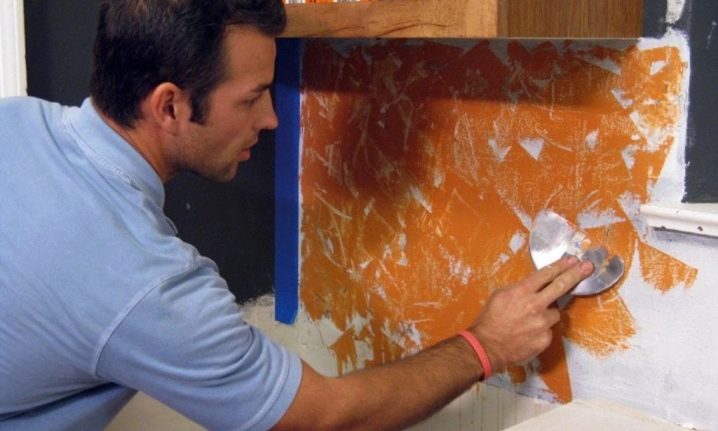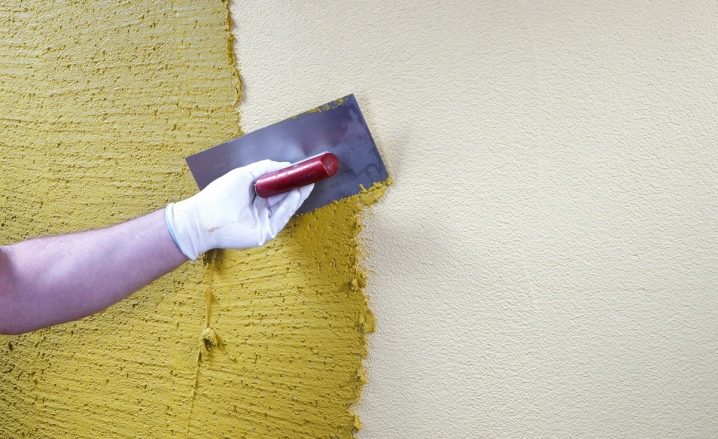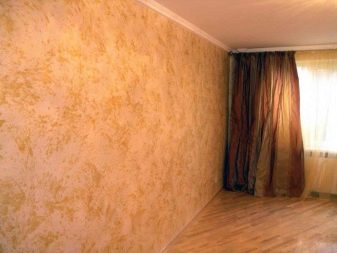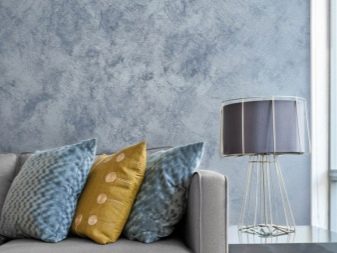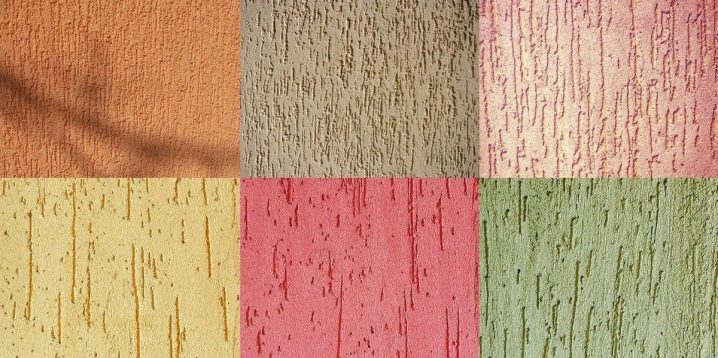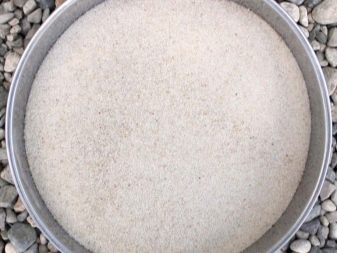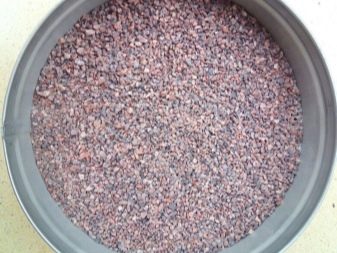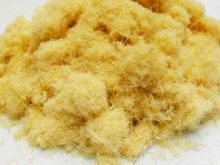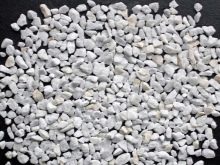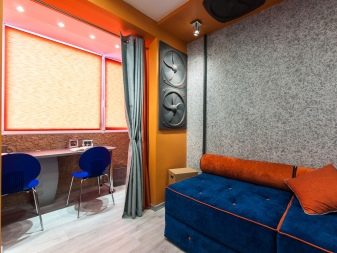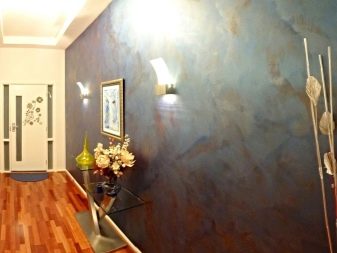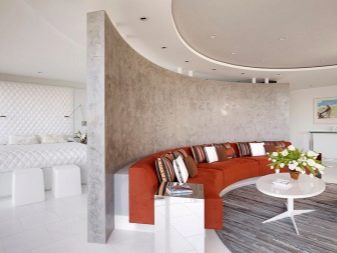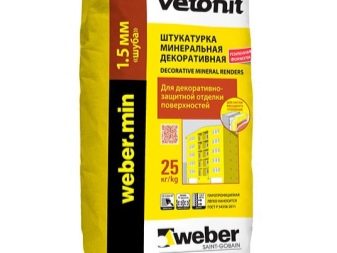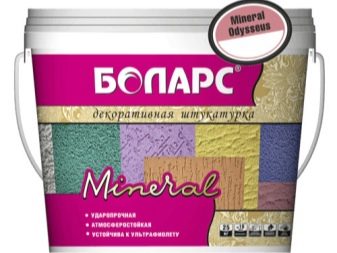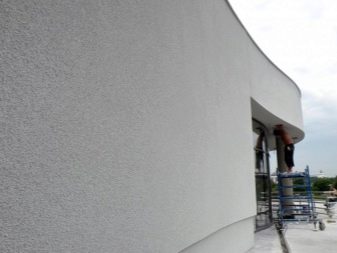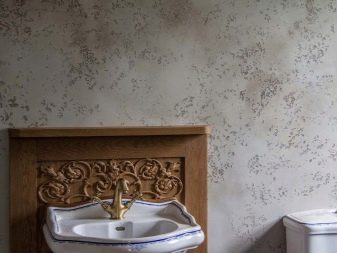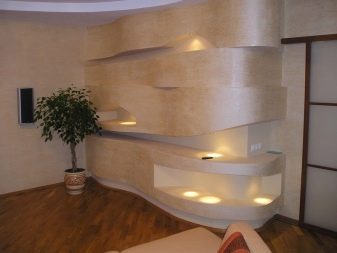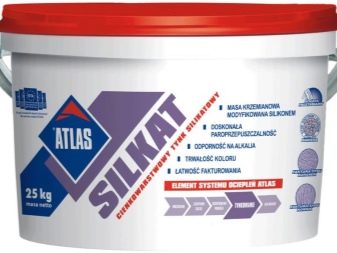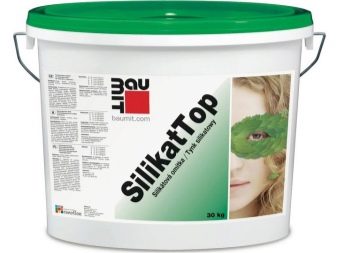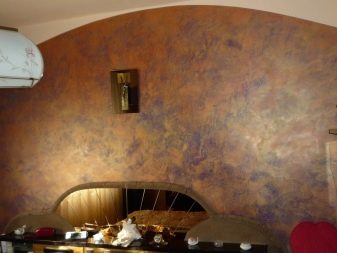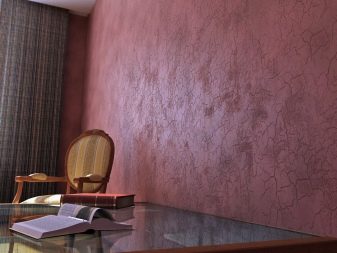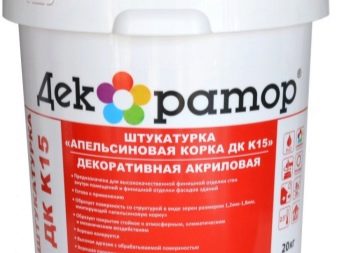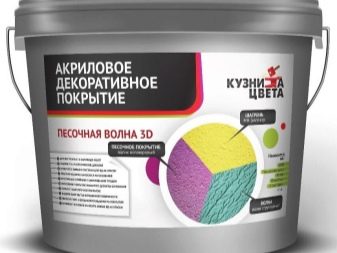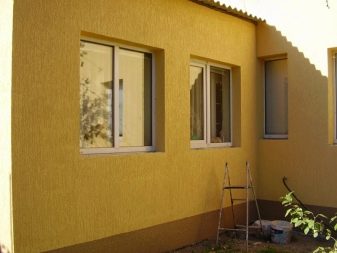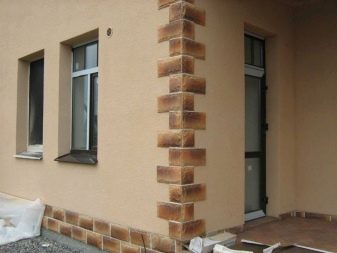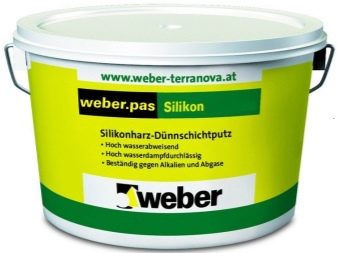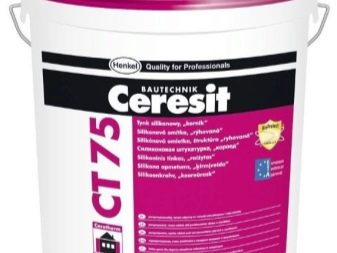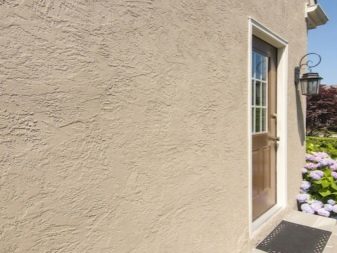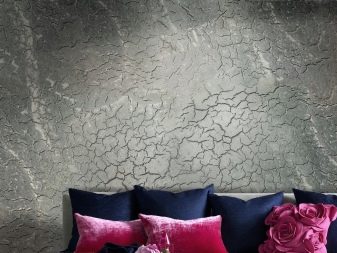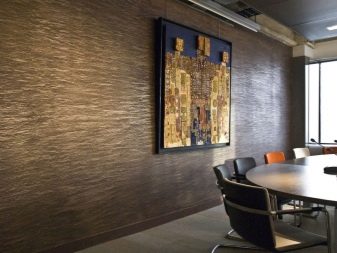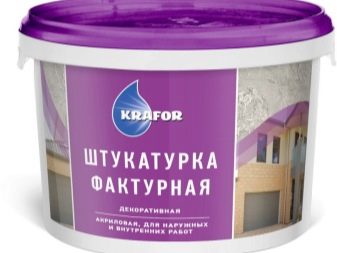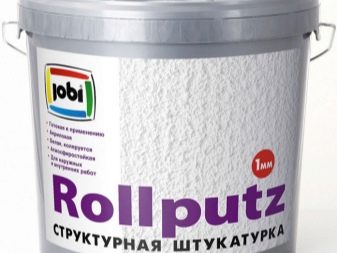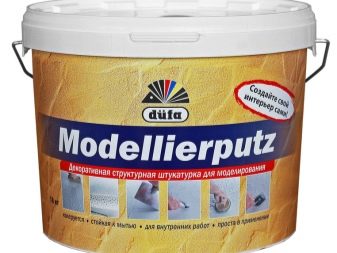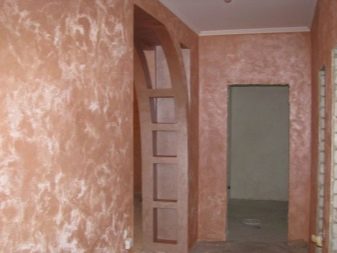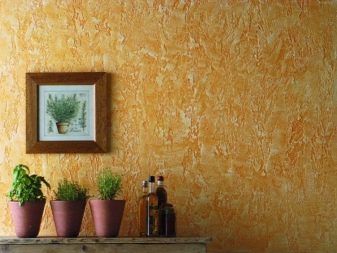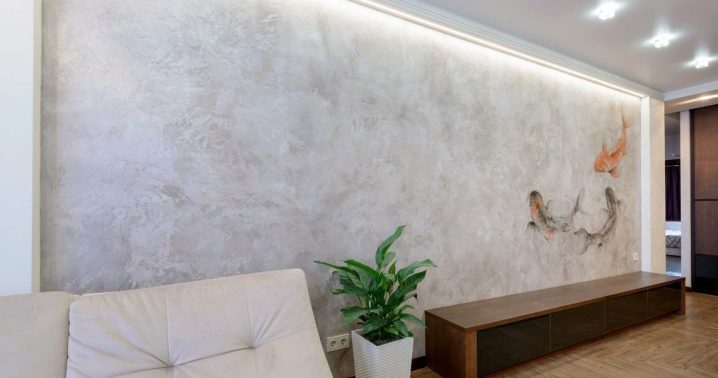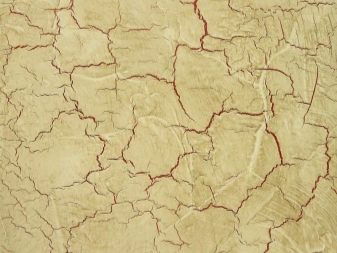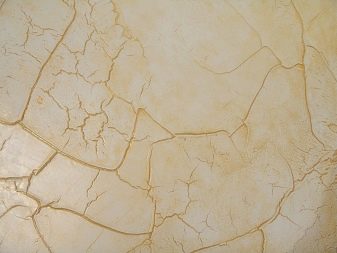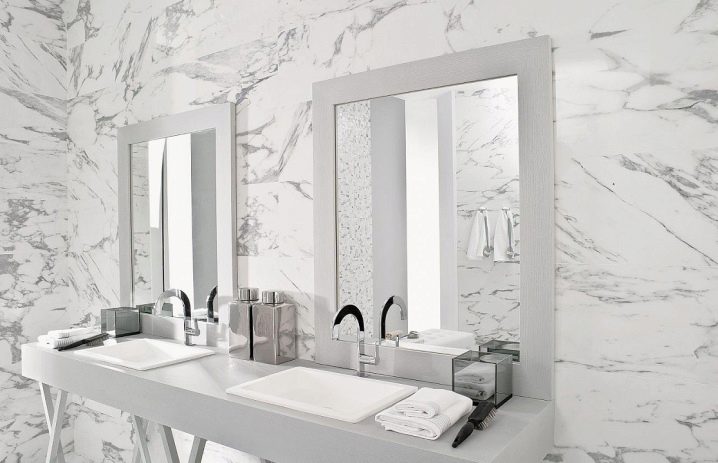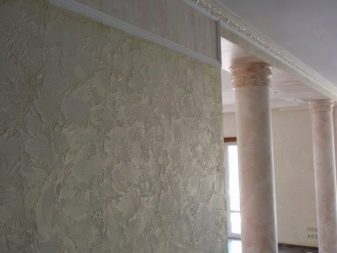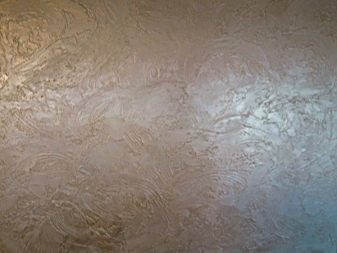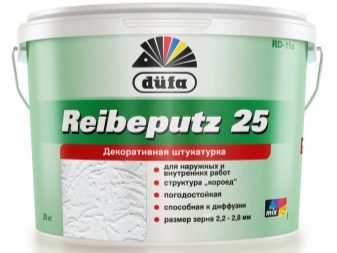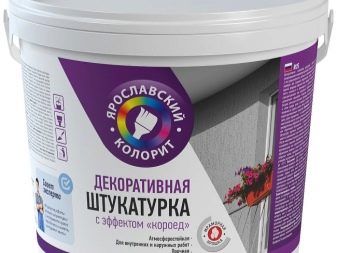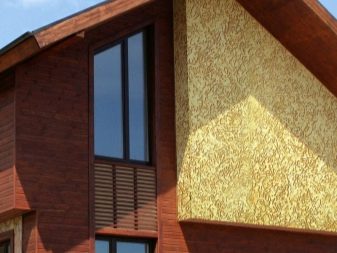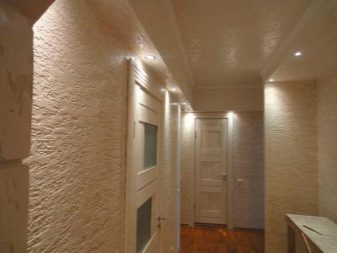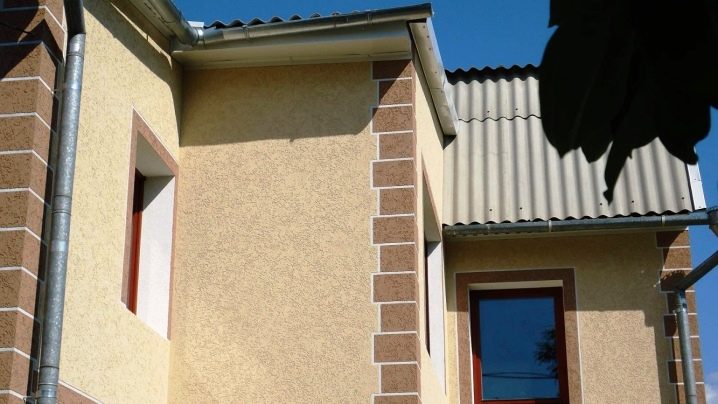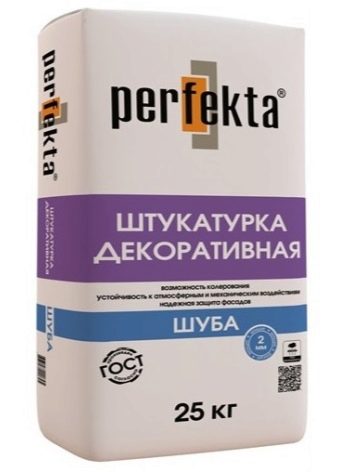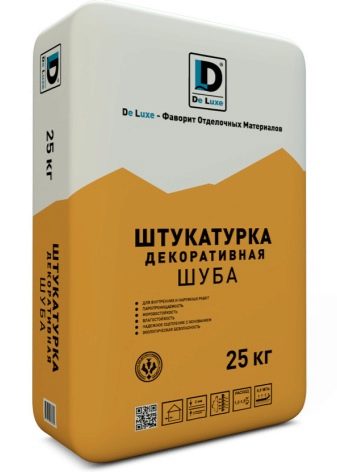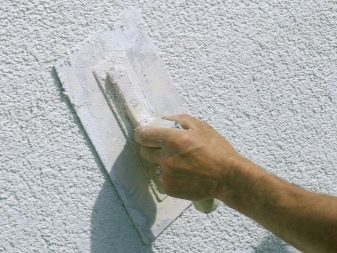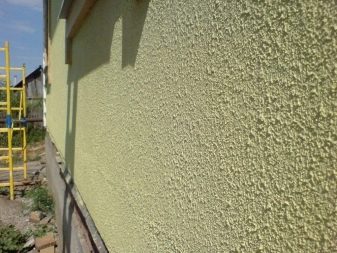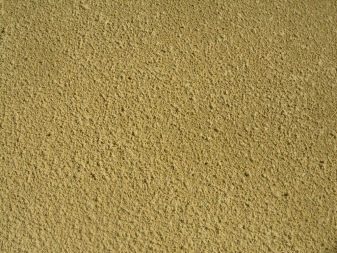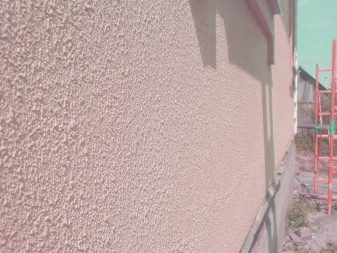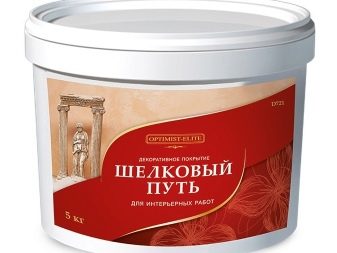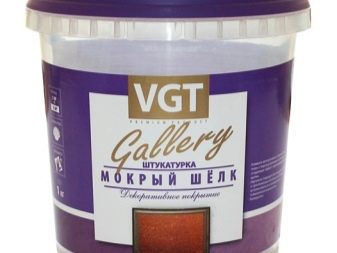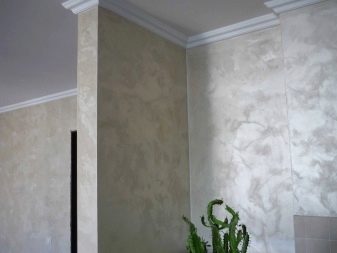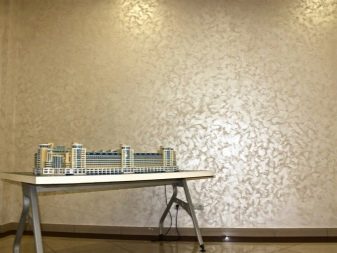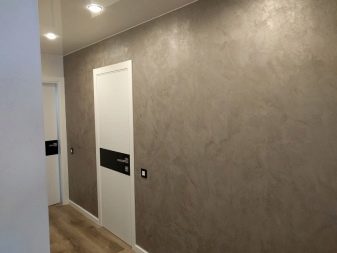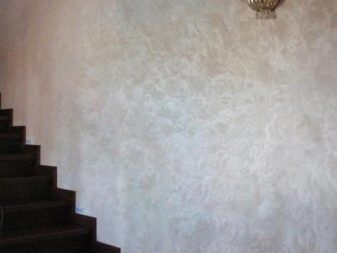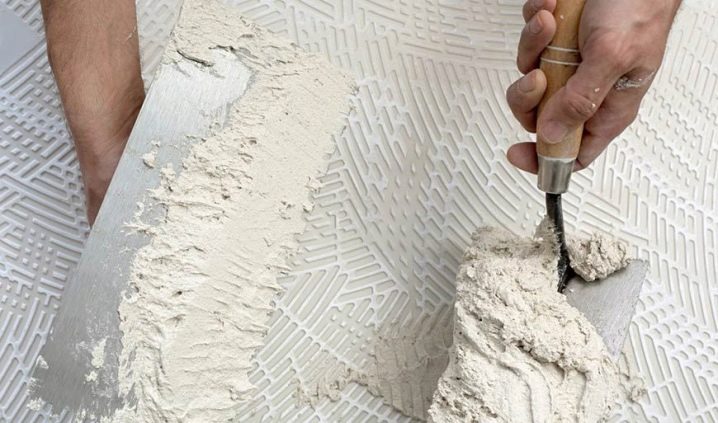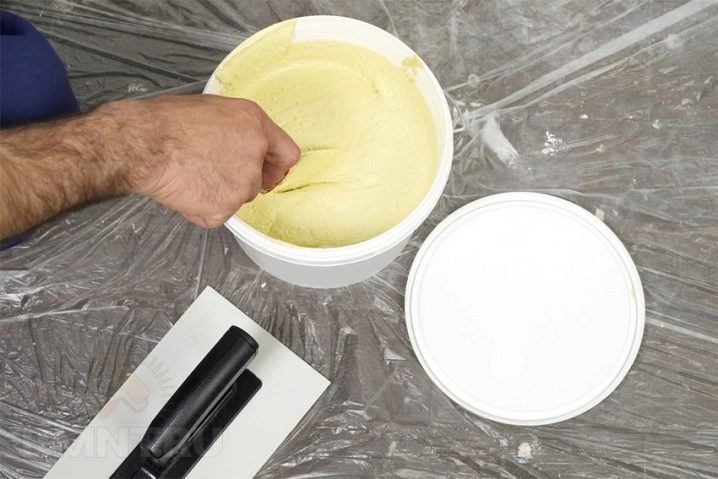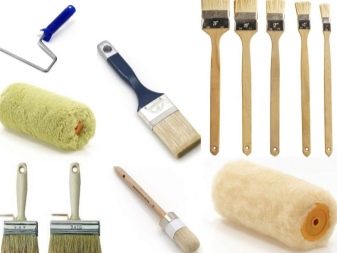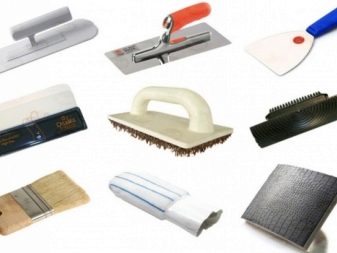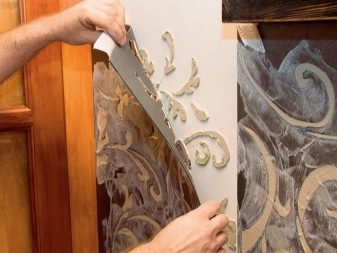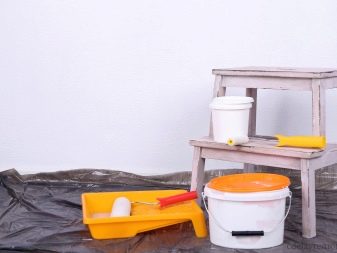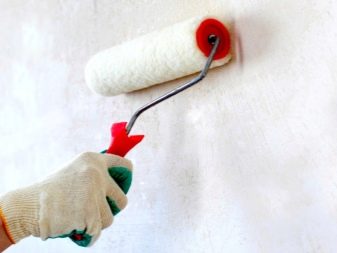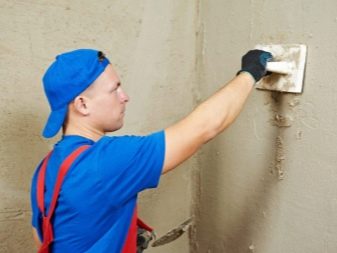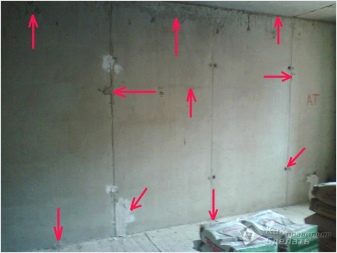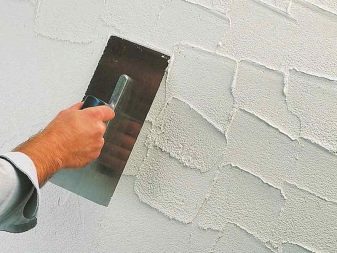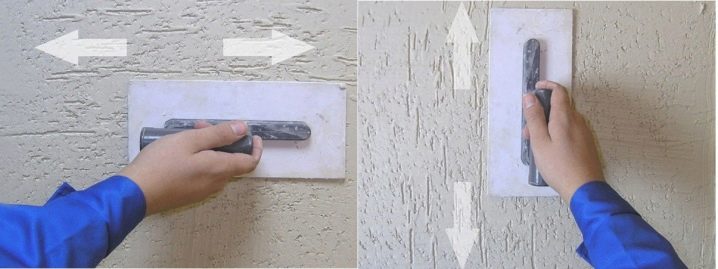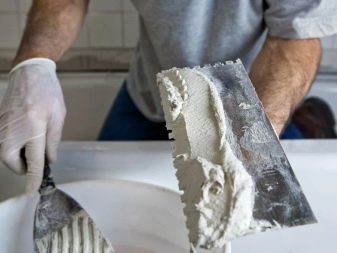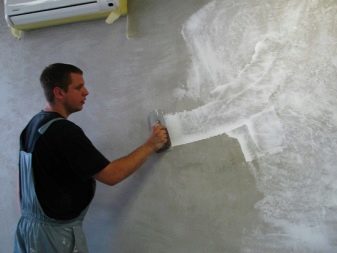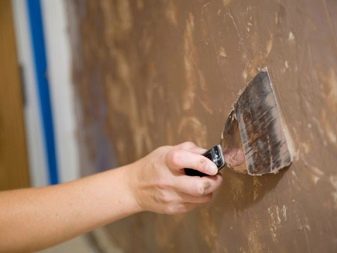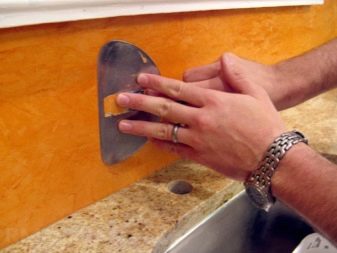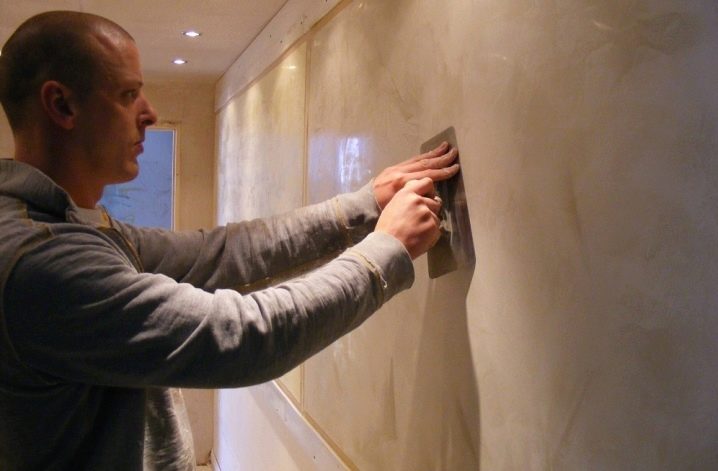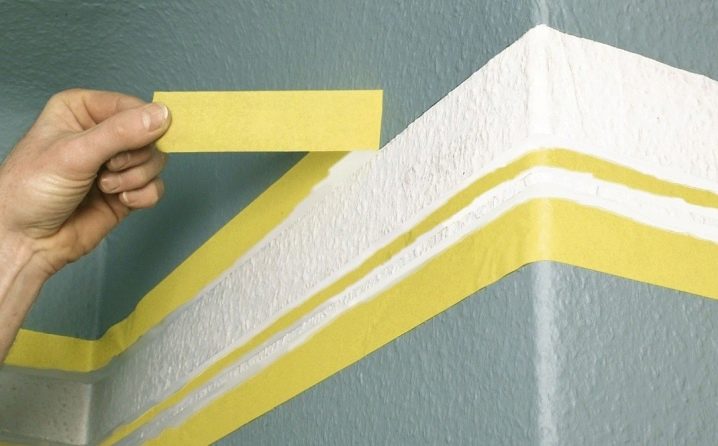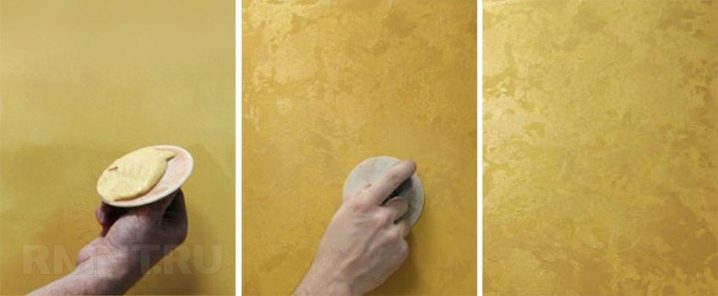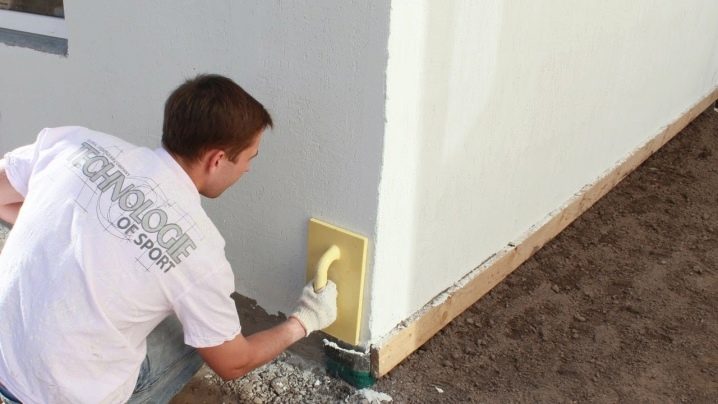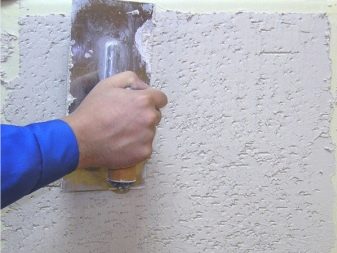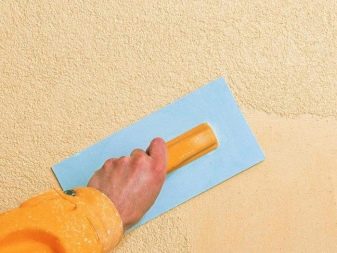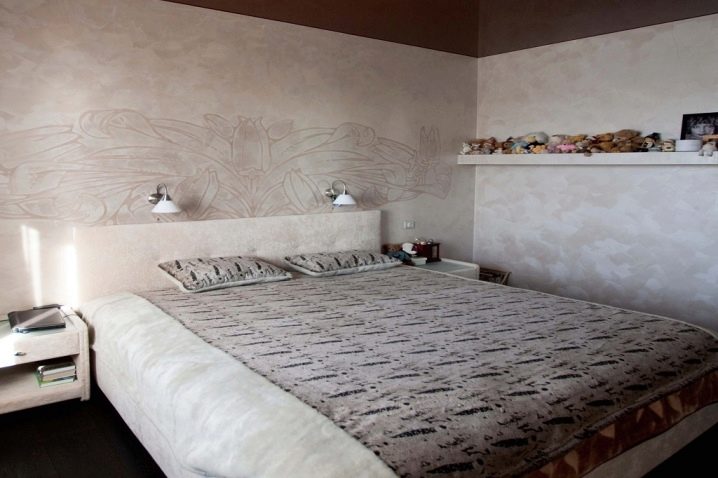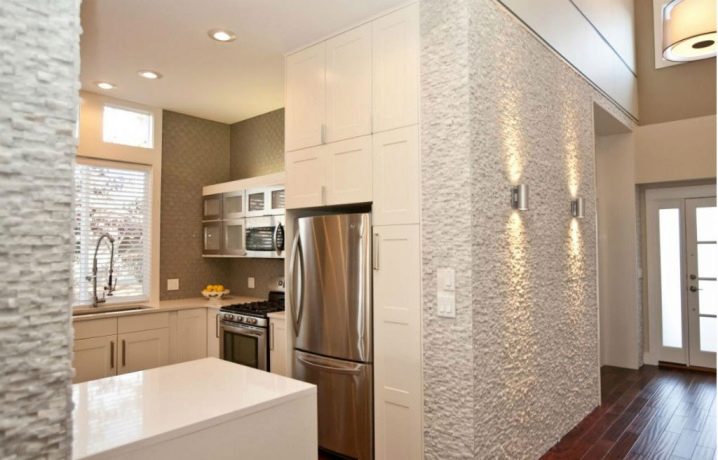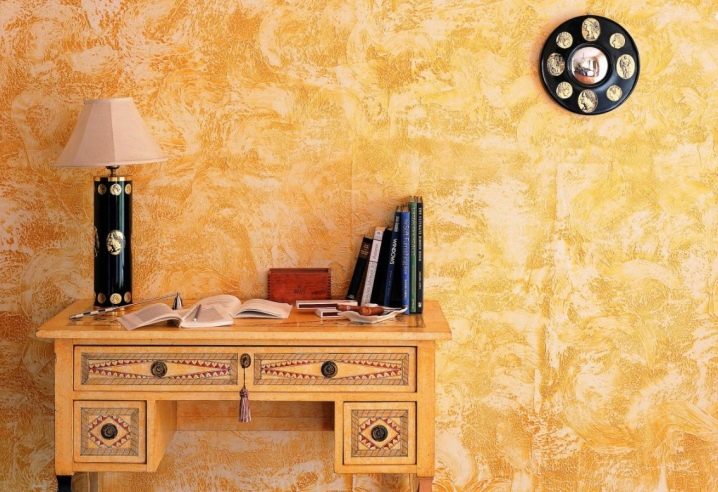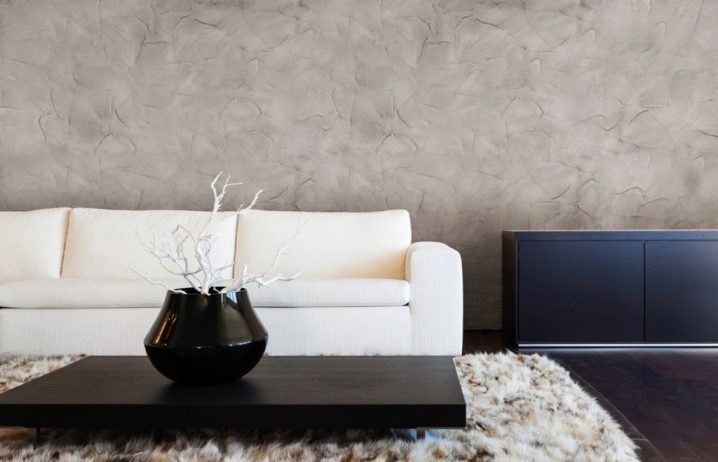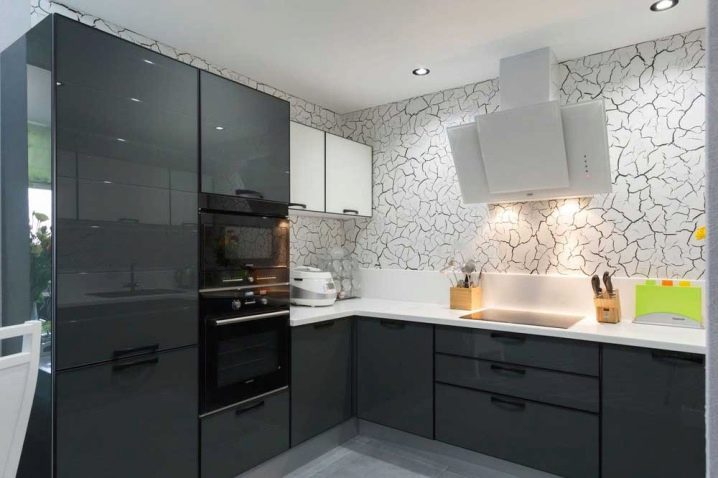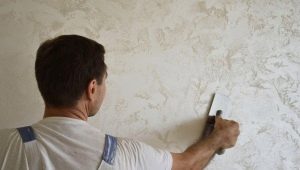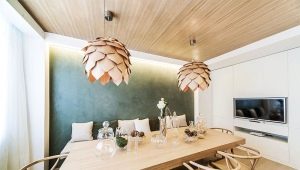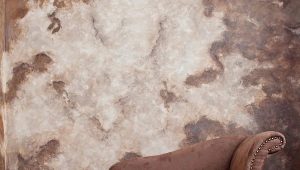How to apply decorative plaster?
The modern market of finishing materials never ceases to amaze consumers with products for every taste and color. Beautiful decorative plasters with different shades and textures are very popular.
Today we will take a closer look at these finishing materials and consider in stages how to properly apply them.
Special features
Everyone wants to make their home as comfortable and cozy as possible. To achieve this goal, you can beautifully and competently design a house or apartment. Fortunately, for this, modern homeowners have everything they need - from a variety of finishing compounds to luxurious hard facing.
Such attractive material as decorative plaster deserves special attention.
If you are tired of classic and unremarkable environments, then it is perfect for you.With the help of high-quality decorative plaster, you can give your home a unique look. Currently, there are mixes in stores that have different textures and colors, which allows buyers to choose an interesting and reliable option for decoration in any style, be it an ultra-modern hi-tech or fancy baroque.
Do not think that such finishing materials are permissible to use only for the decoration of the interior of the home. Modern manufacturers produce high-quality decorative plaster, designed for facades.
Such coatings are distinguished by reliability and durability - they are not afraid of precipitation and temperature drops.
Also, decorative varieties of plaster mixes have a unique appearance. It is to these finishing materials that are used when creating spectacular panels, embossed surfaces in the form of paintings or uniform patterns. As a result of the application of such coatings, the interior becomes truly original and bright. Often the reliefs applied to the walls combine many different shades.Thanks to such combinations, the decoration acquires volume and literally comes alive, transforming the interior or facade of the building as a whole.
This finishing material is also different in that, if desired, it is quite possible to replace it. For example, if you are tired of the initial shade of plaster, you can easily change it at your discretion. It is worth noting that this can be not only perfectly smooth and uniform, but also a relief coating or a beautiful panel.
A distinctive feature of decorative plaster is a fairly deep relief. Otherwise it is called a bas-relief. It is issued above the surface of the base by several centimeters. Of course, there are also such plasters, which have an almost smooth surface and stand out solely in color. Both options are aesthetically pleasing, but the choice is always up to the buyer.
Today in the shops of building and finishing materials there are quite interesting decorative plasters, which, when applied to various bases, imitate natural surfaces. For example, it can be a tree drawing.Similar coatings are applied with both a conventional trowel and a roller with a special nozzle.
Of course, such finishing materials are more expensive, but they look very interesting and fresh.
Most decorative plaster mixes are plastic. Due to this feature, such materials are very easy to apply, it is convenient to work with them. That is why not only experienced masters can apply them on various bases, but also beginners who have never come across such works before.
Advantages and disadvantages
If you decide to turn to such a spectacular finishing material as decorative plaster, then you should familiarize yourself with all its strengths and weaknesses.
To begin, consider the advantages inherent in this mixture:
- High-quality decorative plaster boasts good strength characteristics. She is not afraid of mechanical damage and various external influences.
- Not to mention the beautiful appearance of this finish. Decorative plaster can completely transform the interior or facade of the house, giving them a unique highlight.
- Such a finish will last a very long time and will not lose its attractive appearance.
- Decorative plaster does not crumble and does not crumble even many years after application.Of course, a lot depends on the quality of finishing works: if you adhere to the instructions and properly put such material, it will not collapse and deform.
- Many consumers turn to decorative plaster, as it can be used to hide various defects of the walls that are found in many homes. Of course, we are talking about minor cracks and irregularities. Decorative plaster cannot cope with significant damage.
- Decorative plaster is also good because it is a versatile material. It can be applied on a variety of bases. It can be wood, brick, concrete, metal and many other materials.
- This finish is used for both interior and exterior decoration, which once again confirms its versatility.
- High-quality mixture is not afraid of temperature extremes and frost.
- Such a plaster has sound-proofing properties; therefore, it is often used for wall finishing both in apartments and in private houses.
- Branded plaster mixtures are not afraid of moisture and moisture.
- Decorative plaster is an environmentally friendly finishing material.In its composition there are no hazardous components and toxic substances, so this material can be safely used to finish the home.
- These materials are vapor permeable.
Due to this quality, the bases on which the decorative plaster is applied “breathe” and there are no signs of fungus or mold on them.
- This finishing material does not cause allergic reactions either during application or after drying.
- Decorative plaster does not have a sharp and unpleasant smell, so during its application you will not get sick and dizzy.
- Apply this material with your own hands. Decorating one or another base with a plaster mixture is not difficult, and you can easily do without the help of specialists.
- In the shops you can find decorative plaster of a variety of colors and textures.
- This material does not require expensive and scrupulous care.
As you can see, the advantages of this finishing material are many. That is why many homeowners turn to decorative plaster, who are looking for a truly high-quality and beautiful material for home decoration.
However, despite the impressive list of advantages, decorative plaster has some drawbacks. Consider them in more detail:
- The main disadvantage that pushes people away from buying this material is the high cost. Plain plaster is much cheaper.
- Many consumers attribute to the disadvantages of this material that it is necessary to carefully prepare the base for its application, and this often takes a lot of time.
- If you want to dismantle the decorative plaster from the base, then you have to spend a lot of time and effort - this is not so easy to do.
- Some homeowners find the process of applying decorative plaster very difficult. That is why most users turn to the services of professionals when they decide to decorate the walls with this material.
- A layer of decorative plaster may swell. In order not to face such a serious problem, you need to properly apply this material. In case of mistakes, heaving occurs most often.
- Also on such a finish may appear ugly spots. Such a problem also makes itself felt, if you incorrectly applied the plaster or used a poor-quality solution.
- Homemade craftsmen often encounter flaking of the finishing layer of decorative plaster. As above, this defect occurs due to improper application and illiterate preparation of the base.
The disadvantages of this finishing material are much less than the advantages. Moreover, many problems can be avoided if you follow the instructions for applying the plaster.
Experts strongly do not recommend to buy too cheap plaster mixes. Such products, most likely, have not the highest quality.
Low-quality plaster will not last long and will need to be replaced quickly, which is unnecessary waste.
Composition
As part of decorative plaster there are several ingredients:
- Binder, which can be traditional lime and synthetic components, such as polyurethane or acrylic resin. The main purpose of these components is to ensure maximum plasticity of the solution. Due to this, the master has more time to create the desired decor and pattern.
- Also in the composition of decorative plaster there is a filler:
- white clinker portland cement (let's say a multicolored version);
- pigments;
- multicolored placeholders.
- Solid elements are also used as fillers, such as:
- marble chips;
- quartz sand;
- wood fibers;
- granite crumb;
- granules of synthetic origin.
Of course, the proportion of solid components in decorative plaster is much smaller, but it is important to take them into account when calculating the mass of the composition.
- Also in such finishing materials are the following additives:
- plasticizers;
- hydrophobic.
The main purpose of these elements is to increase the resistance of the finishing material to the negative effects of dampness and moisture.
Kinds
Do not think that decorative plaster is represented by only one type with a rough texture. Today, in stores sold various mixtures that have a different structure. In addition, different types of plasters have different performance characteristics.
Let's get acquainted closer with the most popular and demanded of them, and also we will consider what properties are inherent in them.
Mineral
Many consumers prefer mineral decorative plaster. Most often, such mixtures are found in dry form. They need to stir immediately before proceeding to the finishing work.
Such types of plasters are very popular, as they are characterized by increased strength characteristics and high vapor permeability. In addition, mineral compounds are not afraid to contact with moisture.
This material has a white color, so after its application the walls are most often additionally finished with paint and varnish coatings.
This finishing material is also popular due to its affordable price. Of course, there are more expensive options on the market, in which there are such components as glitter or marble crumb. Such products can boast not only a spectacular appearance, but also incombustibility.
It is also worth noting that the mineral plaster is suitable for both interior and exterior, as it is quite reliable and durable.
However, this material also has disadvantages:
- Mineral decorative plaster does not have sufficient elasticity.Because of this, applying it is not always easy, and over time, cracks may appear on an already dried surface.
- Also note that the service life of the mineral coating is not too long. On average, such a plaster is up to 10 years.
- The mixture itself can not be tinted, so without buying additional paint and varnish coatings for finishing is not enough.
Silicate
Silicate decorative plaster is made on the basis of special liquid potash glass. This material is more often used for exterior decoration of houses, since it cannot be called absolutely harmless to human health. This finishing material is rather strong, elastic and vapor-permeable. No fungus or mold is formed on its surface even under conditions of high moisture content in the air.
The silicate plaster is implemented in a ready-made form, so you do not have to spend time mixing it before you proceed directly to the application. Many consumers choose exactly silicate plaster, because, using it, you can choose the right color. However, the color gamut of this material is very scarce.
If you decide to turn to the silicate mixture, then you should take into account that its application requires certain knowledge and experience, since it dries very quickly and there is almost no time left for adjustment.
Acrylic
Acrylic decorative plaster is a finished water-dispersion mixture. It does not need to be stirred before starting work or prepared in any other way. In the composition of this plaster there is a high molecular weight polymer - acrylic resin.
The main advantage of the acrylic solution is its high elasticity. Over time, no cracks appear on the surface, and the bases under such coatings do not undergo deformation, as does the finishing material itself. Acrylic decorative plaster can be used for both interior and exterior.
However, this finishing material has one significant disadvantage - susceptibility to fire. Acrylic plaster is very flammable and supports burning.
For this reason, this mixture is strongly not recommended to use if the house has insulation from wool.
Silicone
The basis of such plaster are decorative resins.Due to this feature, similar solutions acquire excellent characteristics. Silicone plasters are considered the most modern and high-tech.
These ready-made compositions have the following positive qualities:
- serve for a very long time;
- boast resistance to moisture and moisture;
- they are highly elastic, therefore they are easy to apply and do not crack / deform over time;
- possess excellent adhesion characteristics to almost any reason;
- are vapor permeable;
- suitable for both the interior of the dwelling and the facade.
Such a plaster is capable of self-cleaning. In addition, it is not afraid of precipitation, so you can safely talk about its durability.
The main disadvantages of this material are quite high cost and obligatory preparation of the base before direct application. Wherein for the base you need to use a special silicone primerwhich is also expensive.
Textured
Plasters are also divided by type of filler into:
- textured;
- structural.
Textured plaster is a finishing material with a composition in which there is not only a binder, but also various additives. This mixture can take a variety of configurations. For example, this plaster can imitate a stone or a tree.
Structural
Structural plaster is no less popular now. It, like textured, is a heterogeneous mass in which there are small pebbles, wood fibers, mica, quartz and other similar components.
As a binding element in such compositions is:
- latex;
- potassium silicate;
- cement-lime composition.
Mixtures in which very small particles are present are distinguished by unsurpassed elasticity, despite their composition. Such plaster easily falls on a variety of bases, whether it be walls made of wood, concrete or brick. Besides, structural mixture can be applied and smoothed with any tool (some masters use the palm).
Such products are sold in finished form. They do not need to be kneaded and prepared for finishing work.
In stores there are structural decorative plasters in containers from 10 to 25 kg.
Venetian
Venetian plaster looks rich and pretentious.Outwardly, it is very reminiscent of the marble surface. Such a stunning effect is achieved by adding stone dust to the mixture, which acts as a base.
Working with this finishing material is not so easy.
To achieve the desired result, the Venetian plaster can not be put just a single layer. Often it is necessary to apply this material in 5-6 layers.
But it is worth considering that the indescribable beauty of the drawings, which are obtained as a result, is worth it.
To date, there are several varieties of Venetian plaster. Consider them in detail.
Craquelure
This unusual coating is made of antique and fits perfectly into many interiors, and it can be not only retro or classic, but also a modern trend.
To achieve the desired effect, from above you need to put an extra layer of special varnish.which will perform the function of the finishing coating. As a rule, this varnish dries slowly, while at the same time plastering a layer of plaster, giving it an unusual look. In this case, the finish does not suffer and does not lose the positive characteristics.
Carrara marble
This is one of the varieties of Venetian plaster, featuring a beautiful appearance. However, with the usual putty such a coating will not work. Here you need to use only a special mixture of a large number of layers.
Natural Carrara marble is not found in the interiors - it has practically ceased to be mined. However, modern manufacturers produce good finishing materials that imitate a similar stone.
Marseilles wax
This kind of plaster is almost no different from the usual Venetian. The only difference is that wax is first added to it, giving the finishing material a unique visual effect. The result is not only very beautiful, but also reliable coating with improved performance characteristics.
Such plaster is permissible to use when decorating rooms with a high level of humidity, for example, a kitchen or bathroom. If you want to make the setting truly chic, then Marseille wax will definitely suit you. To date, there are many varieties of such decorative plaster.
With the help of various mixtures, you can create all sorts of decorative effects, bringing a touch of chic and glitter into the interior.
Bark beetle
Decorative plaster with the memorable name "bark beetle" is acrylic and plaster. Acrylic materials are ready for application, and gypsum materials are dry mixes that must be prepared before starting work.
By itself, the bark beetle plaster is a mixture of composite composition, in which there are many small granules of marble and mineral chips. The grain of this interesting material depends on the size of the granular components. The surface of the material consists of grooves having different widths and depths.
The main advantages of this material are:
- increased strength characteristics;
- reliability;
- environmental friendliness (due to natural and safe components);
- ease, thanks to a mineral filler;
- resistance to precipitation;
- not susceptible to fire;
- does not require complex and expensive care;
- not afraid of mechanical damage;
- presented in rich colors;
- has a democratic price.
Of course, like any other material, the bark beetle plaster has its downsides:
- if such a finishing material has acquired a mechanical damage, it is unlikely that it will be able to return the original appearance to it;
- This plaster is not so easy to apply, so it is better to entrust such work only to an experienced specialist.
Fur coat
Decorative plaster called "coat" has a rough surface. Such finishing material came into vogue in the distant past, and now it is regaining its former popularity.
Modern plaster "coat" is performed by the same technology as in the past, but it looks different. Today it is painted in various shades. Thanks to this finish, the situation can be transformed significantly, becoming stylish and original.
Consider the advantages of this finishing material:
- The “fur coat” is distinguished by quite good noise insulation characteristics;
- easy to apply;
- this plaster can be applied with different tools: from roller to brush;
- has an aesthetic and original look;
- finish can be restored, if necessary;
- is inexpensive.
But keep in mind that dust adheres very quickly to this finish. Surfaces finished in this way will have to be washed. For this it is recommended to use a stream of water.
You do not need to do this too often, it will be enough to carry out the procedure every few years.
Silk
One of the most popular decorative plasters today is silk blend. This finishing material has the appearance of a beautiful silk canvas transferred to this or that basis. Such a spectacular result is explained by the presence in the plaster composition of cellulose and cotton fibers, as well as silk itself. Of course, in this mixture there are also polymer components, which give it additional plasticity.
Silk plaster looks expensive and elegant. It is distinguished by a deep structure that attracts rapt views. Currently, this finish is found in stores in a variety of colors.
Consider the advantages of this finishing material:
- can be applied by hand;
- forms the integral surface which is not having joints and seams;
- does not require alignment;
- the possibility of repairing damaged fragments;
- This material is permissible to lay on a variety of reasons.
The drawbacks of silk decorative plaster are much less. These include:
- ability to absorb foreign odors;
- susceptibility to pollution;
- low wear resistance: do not place the furniture too close to such a finish, otherwise it may rub off or suffer in another way.
Consumption per 1 m²
All types of decorative plaster differ from each other in consumption.
- The most economical is textured mix - from 0.9 to 1.5 kg per 1 m² (to calculate more precisely, you should decide on the degree of graininess of the composition). If the solution contains fine components, then the flow rate will be the smallest. If the grains in the plaster are larger (2-3 mm), the consumption will increase and reach 1.2 kg. The consumption of coarse solutions is 1.5 kg per 1 m².
- Solutions containing quartz crumb, consumed in exactly the same way as textured ones. If grains up to 2 mm are present in the mixture, the consumption will be about 2 kg per 1 m², if the grain diameter is 2-3 mm, then 2.5-3 kg per 1 m² will be needed.
- Acrylic based formulations differ a great expense.
The consumption of fine-grained plaster will be 2.5 kg per 1 m², for grains of 2 mm - 3 kg per 1 m².
- Structural material on 1 square. m (with a layer thickness of 1 mm) will be only 1 kg.
- Plaster called "bark beetle" is 2.4-4 kg per 1 m².
- Venetian solution is 70-200 g per 1 m².
Instruments
If you decide to apply decorative plaster yourself, you need to stock up on suitable tools.
Here is their minimum set:
- putty knife;
- grater;
- Trowel (plastic can be used);
- metal trowel;
- net capacity for plaster;
- rollers;
- lighthouses;
- stencils (if you are planning to apply patterns);
- stamps for plaster;
- paint (if the plaster has no color);
- water-based lacquer;
- primer.
Application technology
It is necessary to apply decorative plaster strictly according to the instructions so that the finish is durable and reliable.
Let us consider in detail how to properly perform such work:
- First, the walls need to be prepared and only then proceed directly to the application of decorative plaster.
- If there are no significant defects and damages on the ceilings, then the whole preparation is reduced to cleaning the working surface from the previous finish, dust and dirt. Then the base is primed.
- Old finishing materials can be removed with sandpaper, a construction trowel or a sander.
- If the overlap has a noticeable slope and large potholes, then it will not be possible to manage without preliminary leveling.
- To level the walls, you need to remove all the dust and dirt, and then apply a deep penetration primer mixture to the overlap. In this way, you will ensure a better grip.
- Next, you need to identify what level of curvature have walls. This can be done using a bubble or laser level.
- Mark the highest point of curvature, and then lay a layer of plaster on it and fasten a beacon on it.
- All other lighthouses need to be installed, keeping a distance of 1.5-1.8 m. From the corners you need to retreat 30-60 cm.
- If you are using a dry solution, then it's time to prepare it. If you have purchased the finished mixture, then it must be applied to the walls using the “sprayed” method with a ladle or trowel.
- Make sure the solution grabs a little.
After that you can repeat its application.
- Next, relying on the beacons, draw the rule from the bottom up, leveling the surface of the walls and removing excess material.
- It is possible to start grouting using a special grater only after the decorative plaster layer has dried.
Consider the general technique of applying Venetian plaster on the wall:
- Venetian plaster is applied starting from the ceiling, and not from the floor, like other solutions.
- On a large trowel (in the center) put a small portion of the plaster. It must be applied from the bottom up with arched movements. At the same time it is necessary to do a small bias.
- Next, the mixture must be distributed over the entire plane of the walls. It is advisable to do this as quickly as possible.
- The plaster layer should be thin and transparent.
- After that, the plaster should be allowed to dry. But it will take about 8 hours.
- The next layer needs to be made darker. Thus, you get a surface that is as close as possible to marble.
- The second layer is applied with a trowel, as is the starting layer. Try to put the plaster on the intersection of smears.
- The third and other layers should be applied with a small trowel. Movement should be shorter than before.
- The more layers you put on the walls, the more natural and attractive the structure will be.
- When you put the last layer of plaster (and there may be from 4 to 10), you need to wait about 15-20 minutes and polish the coating. For this fit a wide spatula. It should be pressed tightly to the trimmed wall and randomly process it, making weave strokes.
- Completely such surface will dry out within a week. Only after this, it is permissible to proceed to the finishing of the ceiling with plaster. If you use wax, then it should be put on the base with a thin layer (for this purpose a trowel will do).
- If you apply varnish on the walls, it is best to use a brush.
After all the operations performed, you need to wait for the complete drying of all coatings and proceed to painting the walls.
Tips
- If you do not know how to select separate zones for different facings, you should purchase masking tape or window sealer. With these parts you can make a convenient separation of the surfaces of the base.
- For the formation of a beautiful relief does not need to buy expensive tools.
You can give the finish such texture, using only a grater and a spatula. It is acceptable to use any other available tools.
- If you have prepared the walls for applying coatings of different types, then it is recommended to remove the adhesive tape on the areas of separation of zones before the final drying of the plaster mix. Later it will be difficult to do this, in addition, small defects may appear.
- Regardless of the method of application, experts recommend first painting the textured surface fragments, and then moving to smooth.
- If you use decorative bark beetle plaster to decorate the walls, then there is nothing difficult. However, for the decoration of the ceiling with this material it is better to have at least a little experience. If you do not have one and are not confident in your abilities, it is better to entrust such work to professionals.
- Silk plaster is not so easy to apply. The process of its transfer to the ground can be divided into 3 main stages:
- applying a base of glue;
- applying flocks;
- applying varnish.
Try not to lay the plaster too thick, unless it is provided for by its characteristics. Otherwise, the finish quickly covered with cracks, regardless of whether it is expensive or budget.
- To obtain the required color, it is recommended to purchase both the mixture and the tinting material from the same manufacturer.
- If you want to give the cracks on the plaster a different color, you should add to the solution 2 different shades.
- Lay decorative plaster only on completely dry basis. Otherwise, the finish may begin to bubble or even move away from the base.
- For applying decorative plaster it is not always necessary to put beacons. You can do without these parts if you have leveled off the floor in advance.
- For finishing rooms in which high levels of humidity are maintained, it is recommended to use silicone plaster. This material is characterized by minimal water absorption, so it does not absorb dirt and moisture into its structure.
- If there is lime in the composition of decorative plaster, it must be borne in mind that dark strips may remain on the walls as they are applied with tools made of metal.
- It is possible to degrease the base before applying the plaster using a solvent or a weak soda solution.
- Note that the plaster mixture "bark beetle" can not be applied to the base of glass, plastic, wood and metal.
- If you apply a textured mortar, you need to ensure that the thickness of its layer does not exceed 1 cm.
So, if you lay the material with large grains, it can be applied only in 2 layers.
- Having calculated the required volume of decorative plaster, you should add to it 10% of the stock. It is needed in case the mixture dries or falls out of the tank during the finishing work.
- When buying decorative plaster, be sure to pay attention to the date of its manufacture. The closer the expiration date, the more difficult it will be to work with the solution.
- Use for plastering various substrates only high-quality mixtures from famous brands. Do not look for too cheap decorative plaster - they may turn out to be of poor quality and will not last long.
Beautiful examples in the interior
Decorative plaster is good because it looks harmoniously in almost any room. It can be a living room, a hall, and even a kitchen with a high level of humidity.
For example, materials of more light and neutral colors will look great on the walls in the bedroom. Above the head of the bed you can place a beautiful image or pattern. Place in such a room a bright bed and the same bright wall shelves.Dilute the whiteness of the interior with a dark wooden floor and bedding with contrasting prints.
Relief plaster milk shade will be a great addition to the corridor. On the walls with such decoration should hang small metal lamps. In the ensemble with light decorative plaster wooden brown floors and a ceiling of a coffee shade will organically look.
Very interesting and bright in the interiors look colored decorative plaster. For example, a slightly careless and rough finish of a yellow shade will look especially juicy and attractive if you place a wooden table with oriental patterns and a lamp with a contrasting black leg on its background, and also hang a black clock or decorative plate. Due to the bright contrast and oriental notes, you can give the situation an unusual, mysterious image.
Light gray plaster imitating the structure of a stone can be applied to the living room on a wall behind a soft corner. Before such a decoration would look great white leather sofa and a dark coffee table.
In this setting, you can lay a laminate of bitter chocolate and cover it with fluffy white carpet.
The original stucco with craquelure effect can look organically, not only in old-fashioned styles. For example, with a similar white material (with black cracks), you can trim the walls in the kitchen. Against this background, glossy gray headsets with white worktops will look organically. On the floor it is worth putting a large tile of a pale gray color.
See the next video for a master class on applying decorative plaster.
